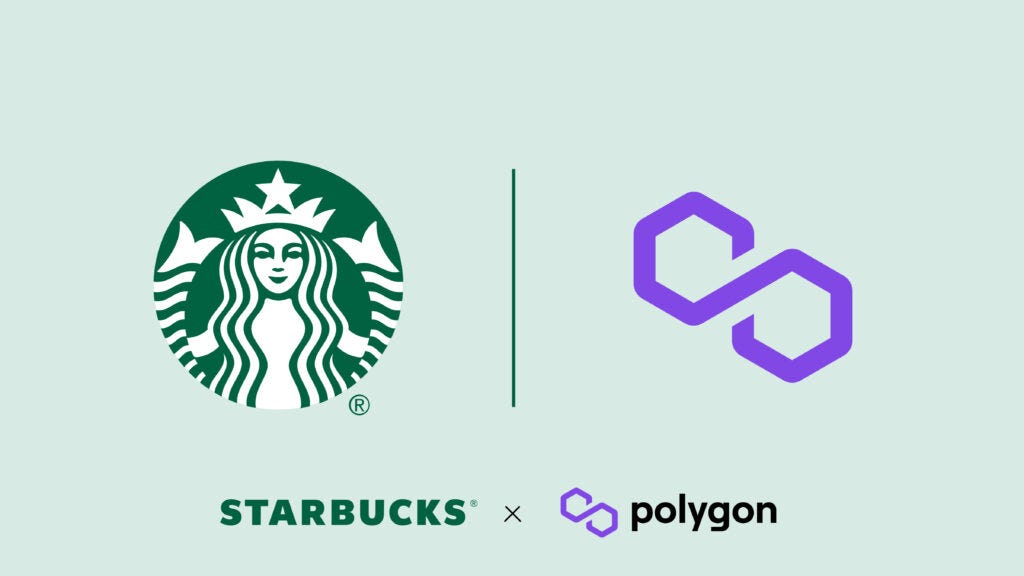Starbucks initially grew by providing Italian-style cafe experiences to people in the 1990s and early 2000s. They nailed down on selling a quality coffee, letting people build relationships in its retail locations (a.k.a “the Third Place”, the place between home and work), distributing its branches across the globe, and building a loyal customer base. Being a pioneer in brewing new experiences with coffee, they had astronomical growth for two decades until the growth plateaued in the late 2000s.
With the advent of the iPhone in 2007, Starbucks found a new way to grow its business: go mobile. It was the first coffee franchise to provide an impeccable experience to let people find the nearest Starbucks and order coffee on a mobile app. The UI/UX was seamless. Being a pioneer in going digital, they had astronomical growth again, especially during the pandemic when people ordered coffee online and picked it up for to-go, until the growth plateaued recently.
With the advent of blockchain, Starbucks seems to have found a new way to grow its business: “Starbucks Odyssey”, a new experience powered by Web3 technology. This time, again, they’re doing a lot of things right.
They’re working with a web3-native team. @BunchuBets and other bigshots in the industry have been tirelessly working to onboard web2 users with web3.
They know that it’s about giving users fun and engaging experiences: users can play interactive games and do fun challenges to deepen their knowledge of coffee and Starbucks. Members will be rewarded for completing journeys with a digital collectible ‘journey stamp’ (NFT).
They know that it’s about building community: they’ll focus on connecting users with each other in the digital world.
“For the first time we are connecting our Starbucks Rewards loyalty program members not just to Starbucks, but to each other.”
They know the biggest pain point in web3: having to use Metamask. A user will be able to purchase the ‘limited-edition stamps’ (NFTs) with a credit card.
They know the right terminology to use for mass adoption: “limited-edition stamps” and “journey stamp” rather than “NFTs”
They know which blockchain to partner with: Polygon (MATIC). Polygon is the leading L2 solution (also my favorite blockchain :)) that’s partnered with big companies like Instagram, Reddit, Adidas, Stripe, and many more to connect web2 users with web3 ones. Polygon is highly scalable with very low transaction fees, environment-friendly, and secure.
Starbucks is reinventing the Third Place - a hybrid of a Starbucks store, on-the-go, and online. On top of its 100+ million customers across the globe, Starbucks might have found another way to grow its business and this can impact a number of other traditional businesses on its adoption of NFTs.
Thanks for reading :)







